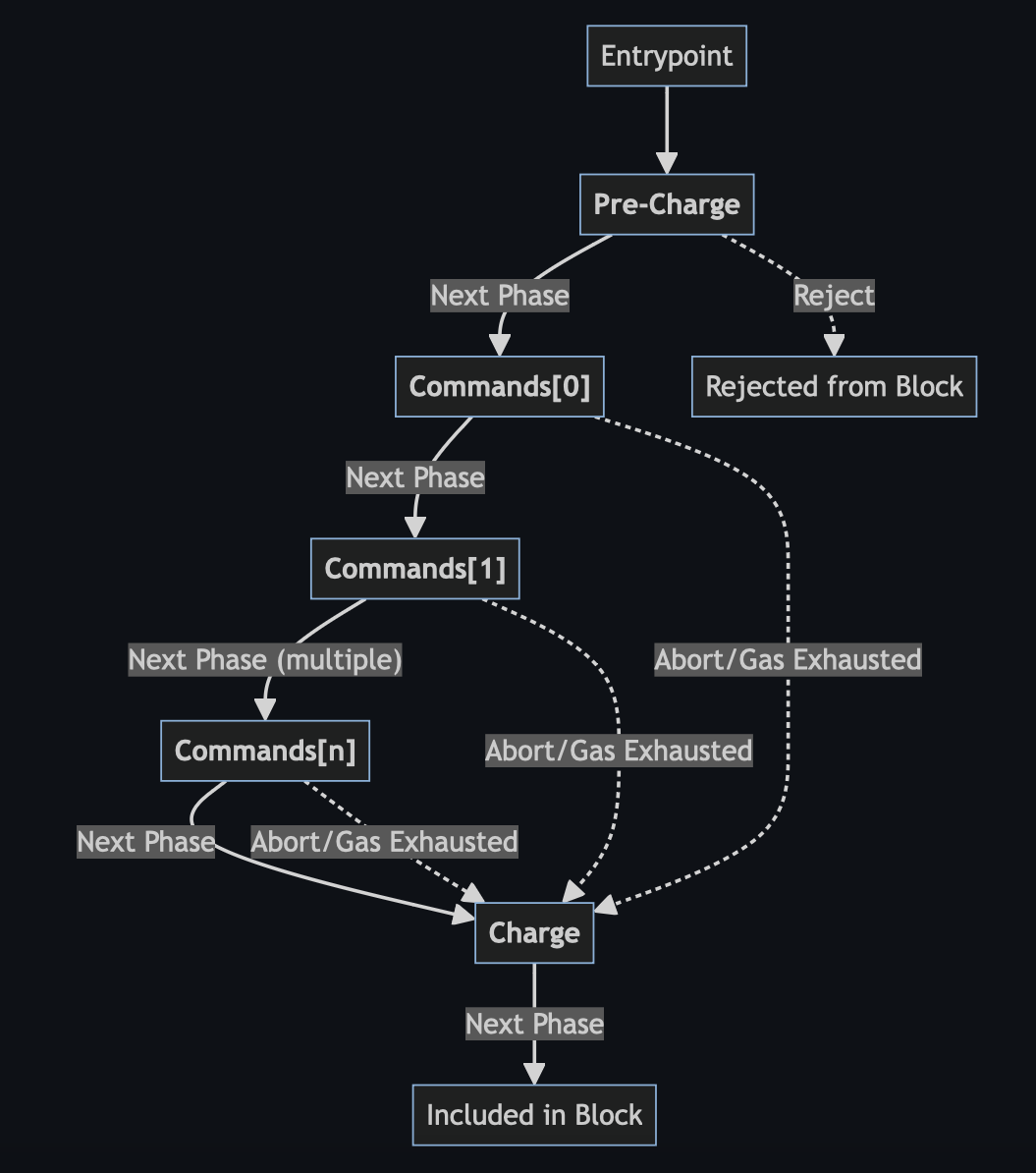Nodes
ParallelChain Lab currently operates 10 validator nodes. They are all in the same node type - Fullnode.
Fullnode is node software that stores and maintains a full copy of the blockchain. The specification can be found in the ParallelChain Mainnet Protocol.
Fullnode starts with exchanging messages with other nodes in a P2P Network. Through a Consensus Machanism, it produces and validates blocks by executing transactions. The execution takes place in a component call Runtime which transits the state of the blockchain. The resulting state is then stored in a data structure called World State.
Fullnode also runs a HTTP server to serve RPC requests. Transactions can be submitted in the RPC request. Fullnode buffers those transactions in the Mempool, and then waits for executing them.
Runtime
The Runtime is the component in the ParallelChain protocol which executes transactions.
Runtime can be considered as a Transition Function that deterministically executes transactions. Execution of the transition function proceeds through three phases: Pre-Charge, Commands, and Charge. The sequence flow of the pre-charge and charge phases are common to all transactions, while the sequence flow of the commands phase varies according to the composition of a transaction's vector of commands.

- Pre-Charge Phase: makes simple checks to ensure that the transaction can be included in the block.
- Commands Phase: executes the sequence of commands included in the transaction.
- Charge Phase: performs settlement of balances for charging the total gas used in previous phases.
World State
The World State is a set of key-value tuples representing the state of every account, stored inside a set of Merkle Patricia Trie (MPT) data structures. Key-value tuples can be inserted to a MPT. The MPT in return computes a hash value called state hash that is deterministic to all the data that it has.
ParallelChain Protocol uses two kinds of MPT:
- Accounts Trie: The singular Accounts Trie. It stores the fields such as Nonce and Balance of all the accounts in the blockchain.
- Storage Tries: Unlike the
Accounts Trie, there can be manyStorage Tries. It stores key-value tuples associated with a specific account. These accounts are generally the Contract Accounts which inserts the key-value tuples according to its Contract implementation. It is also used by a special account called Network Account.
P2P Network
ParallelChain Network is a peer-to-peer networking (P2P) component for ParallelChain replicas. It is built using libp2p which provides functionalities of messaging and peer discovery.
- Messaging: P2P enables replicas to send messages to each other to replicate the state machine, maintain a pool of pending transactions, as well as notify each other of dropped transactions.
- Peer Discovery: in order for messages to eventually be received by all of their intended recipients, the P2P network needs to be connected. However, forming a connected network topology is challenging, because the number of replicas for any particular ParallelChain blockchain is unbounded and can far exceed the number of transport-layer connections that a computer can feasibly maintain. Starting from a small set of "boot nodes", P2P's peer discovery forms and maintains a connected network topology without requiring every replica to be aware of every other replica.
Mempool
Mempool is a component of the blockchain network that keeps transactions that have not yet been added to a block. It can refer to two things:
- The mempool of validating nodes and fullnodes, which accepts pending transactions for future inclusion in a block. (Only validating nodes can create new blocks.)
- The set of not-yet-confirmed transactions that are stored in the individual mempools of nodes in the network. This set can vary between nodes due to network delays and partitions.
How does Mempool Work?
When a transaction is submitted to the blockchain network, it is first sent to the mempool where it waits to be executed. The mempool acts like a queue, storing the pending transactions and arranging them to be executed by block producers. Transactions are prioritized based on how much the sender is willing to pay for network resources, which is indicated in a field called Max Base Fee Per Gas within the transaction. The higher the fee, the higher the priority of the transaction.
Base Fee Per Gas in ParallelChain Mainnet
In ParallelChain Mainnet, the base fee per gas is calculated according to the Base fee formula. This is nearly identical to Ethereum's EIP-1559 and shares the same purpose: adjust the cost of a transaction based on how busy the network is.
Note
Validator nodes in ParallelChain Mainnet provided at the initial Launch do not take priority fee into the ranking calculation.
Max Base Fee Per Gas and EIP-1559 in Ethereum
The priority ranking method based on the Max Base Fee Per Gas is a crucial component of the EIP-1559 model for transaction processing in Ethereum.
In the EIP-1559 model, each transaction specifies two fees: the base fee and the priority fee. The base fee is dynamically determined by the network based on the current demand for block space and adjusts itself to keep block utilization at a target level. The priority fee is the amount that the user is willing to pay in addition to the base fee to prioritize their transaction.
When a transaction is submitted to the network, it is placed in the mempool, and the priority fee value of the transaction is used to rank it. Transactions with higher priority fees are placed higher in the mempool, making them more likely to be included in the next block. However, unlike the traditional method of simply sorting transactions by the fee amount, EIP-1559 allows for more efficient use of block space by dynamically adjusting the base fee, which incentivizes users to pay only what they need to get their transaction included. This helps to prevent congestion and ensures that transactions are processed in an efficient and timely manner.